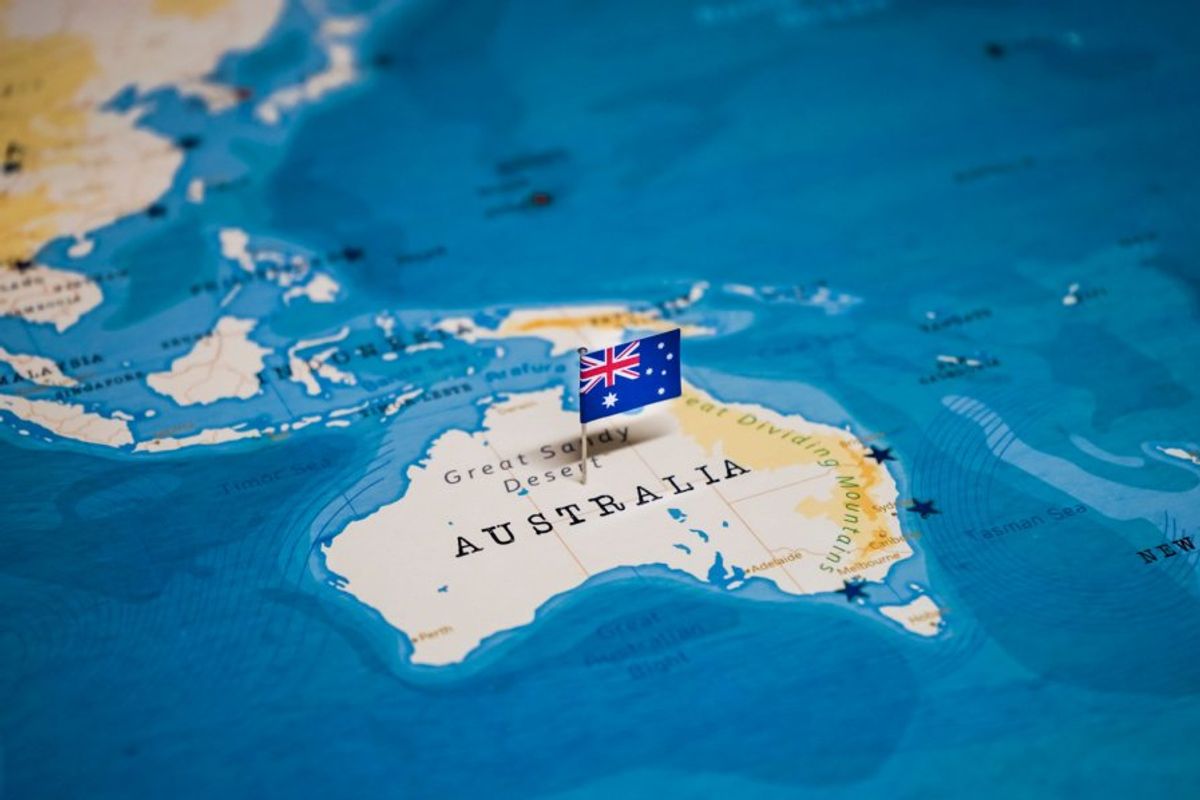Where They Rank: Australian Mining Jurisdictions
Here’s a look at Australian mining jurisdictions, including how much the country’s states export and how they compare to their foreign peers.

Australia is well known as a prolific mining nation, with large sections of its economy built on mining since the mid-1800s onwards.
Minerals and fuels account for around 50 percent of Australia’s export merchandise, according to Geosciences Australia.
But not all states in Australia are equal. The premier jurisdiction and source of mineral wealth is the state of Western Australia, which takes up the western third of the arid continent, but there are mineral riches through the country.
Australian mining jurisdictions: The states themselves
According to the Government of Western Australia, Western Australia accounted for AU$247 billion, or 41.4 percent, of the country’s total goods exports in the 2021/2022 period — despite being home to only 10 percent of the national population.
The majority of exports from Western Australia were, of course, natural resources, with the state accounting for 39 percent of global iron ore supply in 2022 at 855 million tonnes. The state's mining industry brought in AU$186.8 billion in 2021/2022.
Next in line for total exports was Queensland, accounting for over AU$125 billion in exports in 2021/2022. Of that total, more than half came from coal exports, with AU$67.75 billion worth of the black sooty rock departing Australian shores from mines in Queensland.
The remaining minerals made up AU$10.98 billion, with the largest contributor being copper. The rest of its mineral output was largely zinc, lead and aluminum.
For the 2021/2022 period, New South Wales contributed another AU$41.5 billion in coal exports and AU$6.8 billion in other minerals (mostly gold and aluminum), and Tasmania made AU$2.98 billion in mineral exports, with AU$987 million coming from refined zinc.
In the same period, South Australia made AU$806.6 million in iron ore and concentrates and AU$1.79 billion in refined copper and copper products.
Finally, despite exporting AU$50.16 billion in goods and services in 2021/2022, Victoria’s mineral exports added up to just AU$1.3 billion in aluminum, with the majority of the goods exported from the southern state being mostly agricultural products.
Returning to natural gas, while export numbers from each state weren’t reported by DFAT, national statistics from the same department show the resource was worth AU$49.8 billion in export value in 2021.
Australian mining jurisdictions: Where they rank globally
With such a huge contribution to Australia’s overall economy due to mining, Western Australia attracts global attention — and global comparisons.
According to the Fraser Institute’s Annual Survey of Mining Companies 2022, Western Australia ranked second on its Investment Attractiveness Index, behind the US state of Nevada.
The annual survey questions mining and exploration companies operating in jurisdictions around the world on a number of different issues, including administrative processes, environmental regulations, government transparency, ease of permitting, infrastructure, trade, security and availability of labour.
After Western Australia, as per the Fraser Institute’s data, the Northern Territory and South Australia were the second and third most attractive Australian jurisdictions respectively, coming in at sixth and ninth place overall globally.
As for how the remaining states fall, Queensland is in 13th place, New South Wales is in 23rd, Victoria is in 47th and Tasmania in 50th out of 62 jurisdictions.
Besides Nevada, the US had another two states in the top 10: Colorado came in fifth place globally, while Arizona came in seventh.
Canada also had multiple provinces place in the top 10: Saskatchewan in third place, Newfoundland and Labrador in fourth and Quebec in eighth.
FAQs for Australian mining jurisdictions
Where are most mines in Australia?
Australia has over 350 operating mine sites, of which approximately one-third are located in Western Australia, one-quarter in Queensland and one-fifth in New South Wales, making them the three major mining states.
This is an updated version of an article first published by the Investing News Network in 2021.
Don’t forget to follow us @INN_Australia for real-time updates!
Securities Disclosure: I, Matthew Flood, hold no direct investment interest in any company mentioned in this article.
